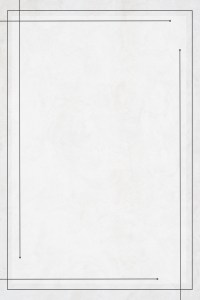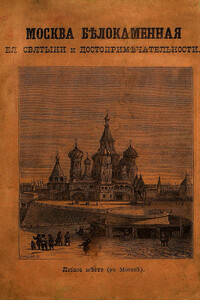Последняя квартира А.С.Пушкина | страница 4
Медальон с прядью волос Пушкина. При нем записка писателя И. С. Тургенева: „Клочок волос Пушкина был срезан при мне с головы покойника его камердинером 30 января 1837 года на другой день после кончины".
A medallion with Pushkin's lock. The accompanying note by the writer I. Turgenev reads: „This lock of Pushkin was cut from the head of the deceased by his valet in my presence on January 30, 1837, the day after his death."
The "Pushkin's last apartment" museum in House No. 12 on the Moika quay in Leningrad is a branch of the Pushkin АН-Union museum. The Pushkin apartment museum was opened to visitors in 1925, its furnishings and layout being based on the recollections of the poet's contemporaries about his last residence and on a plan sketch drawn by V. Zhukovsky in 1837. The museum exhibition includes seven rooms - pantry, dining-room, drawing-room, bedroom, nursery, antechamber and Pushkin's study.
"Here is my address: Princess Volkonskaya's house on the Moika quay near to the Konyushenny bridge", Pushkin wrote to his father in the autumn of 1836. But only a few months later this address was to become known all over St. Petersburg. On January 29, 1837 at 2:45 p. m., Pushkin's friends stopped the clock in the study of his apartment - the poet breathed his last. In those January days of 1837 thousands of people came to the house on the Moika quay to pay their last tribute to Pushkin. One did not have to explain the address, it was all clear from a hint. According to contemporaries, cabmen knew where to drive when simply told: "To Pishkin".
Pushkin's last apartment… It had witnessed the most difficult, cruel months of his life and struggle for "independence and selfrespect", ending in the duel with D'Anthes, and those forty six hours that followed it, the last hours of a man who was mortally wounded and knew he was dying - the hours of great suffering and great courage.
Today the rooms in Pushkin's last apartment have been restored to their former appearance as remembered by the poet's friends and contemporaries. The suite of rooms comprises the bright-side quarters - dining-room, drawing-room, bedroom- overlooking the Moika quay, and the study and the nursery with their windows facing the court. All are adjacent rooms giving access to one another where, one may guess, Pushkin was bereft of the quiet so necessary to him for work.
Among these rooms the poet's study is of special value and interest. Its furnishings and objects are Pushkin's things that accompanied him tiiroughout his lifetime - a low desk at the sofa side for writing in a reclining posture, a Voltaire mechanical arm-chair (twilight would fall early in those winter days, one could bring the arm-chair closer to the window and go on working like that); a writing table standing almost in the middle of the room - large, comfortable, with telescopic boards on both sides which could be drawn out to put the necessary books and papers within easy reach; Pushkin's canes reminding of his walks; an Arzrum sabre on the wall; a travelling coffer that had once belonged to Pushkin's great-grandfather A. P. Gannibal, and a portrait of V. Zhukov-sky bearing an inscription: "To victorious pupil from vanquished teacher". In this study in the apartment on the Moika quay the poet prepared new books for the magazine "Sovremennik" ("The Contemporary"), completed his novel "The Captain's Daughter" and a preparatory test of "A history of Peter I" - the most important work he had done in those last months despite humiliation, insults and nagging sorrows that assailed his heart. Just on the eve of the duel, in the morning of January 27, Pushkin wrote a letter to a children's writer A. Ishimova. It ends with the words: "Today I chanced to open your "History in short-stories" and against my will I became engrossed in reading. This is the way one must write!" This is Pushkin's last letter - "a relic of the striking power с I moral courage".





